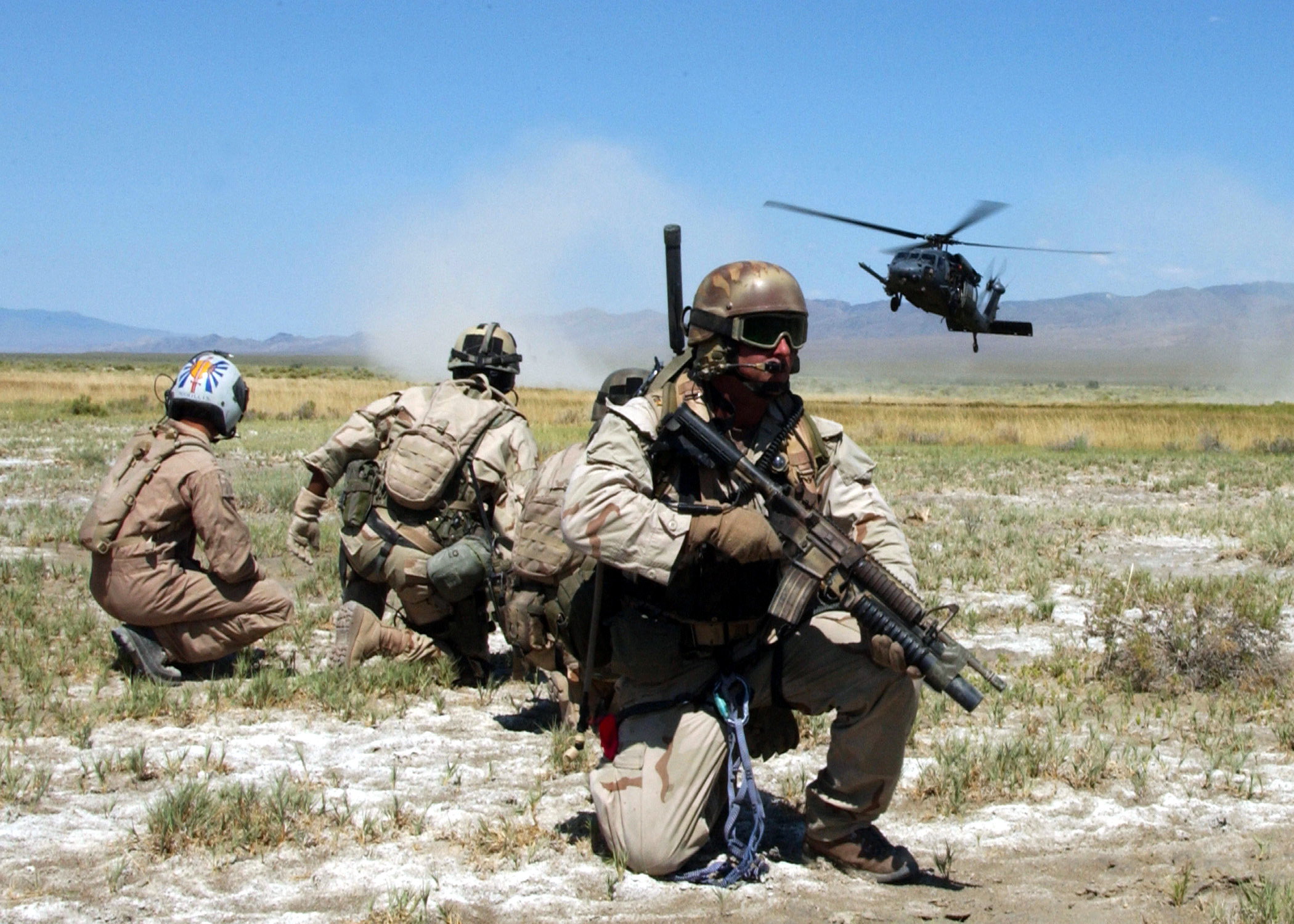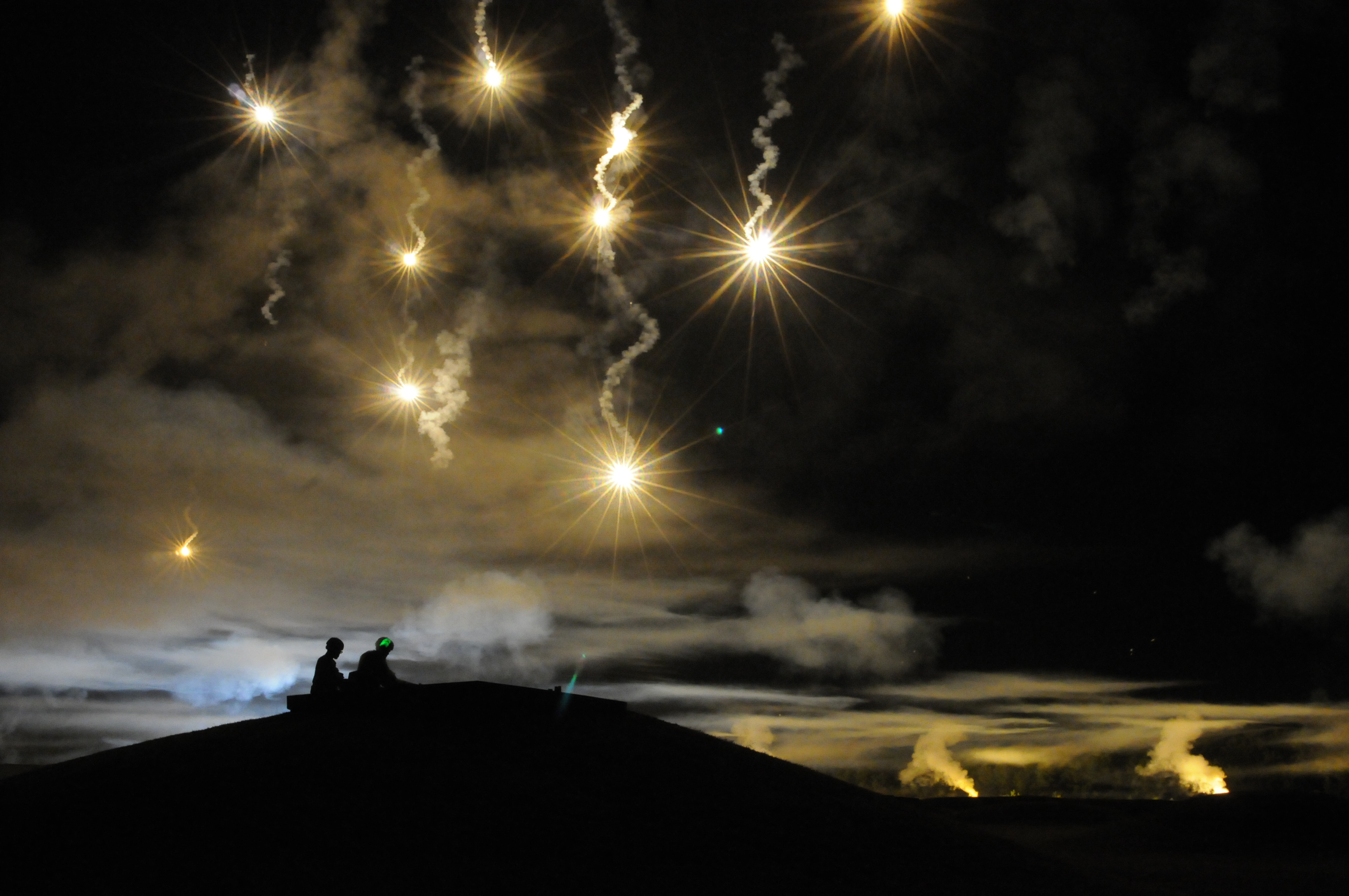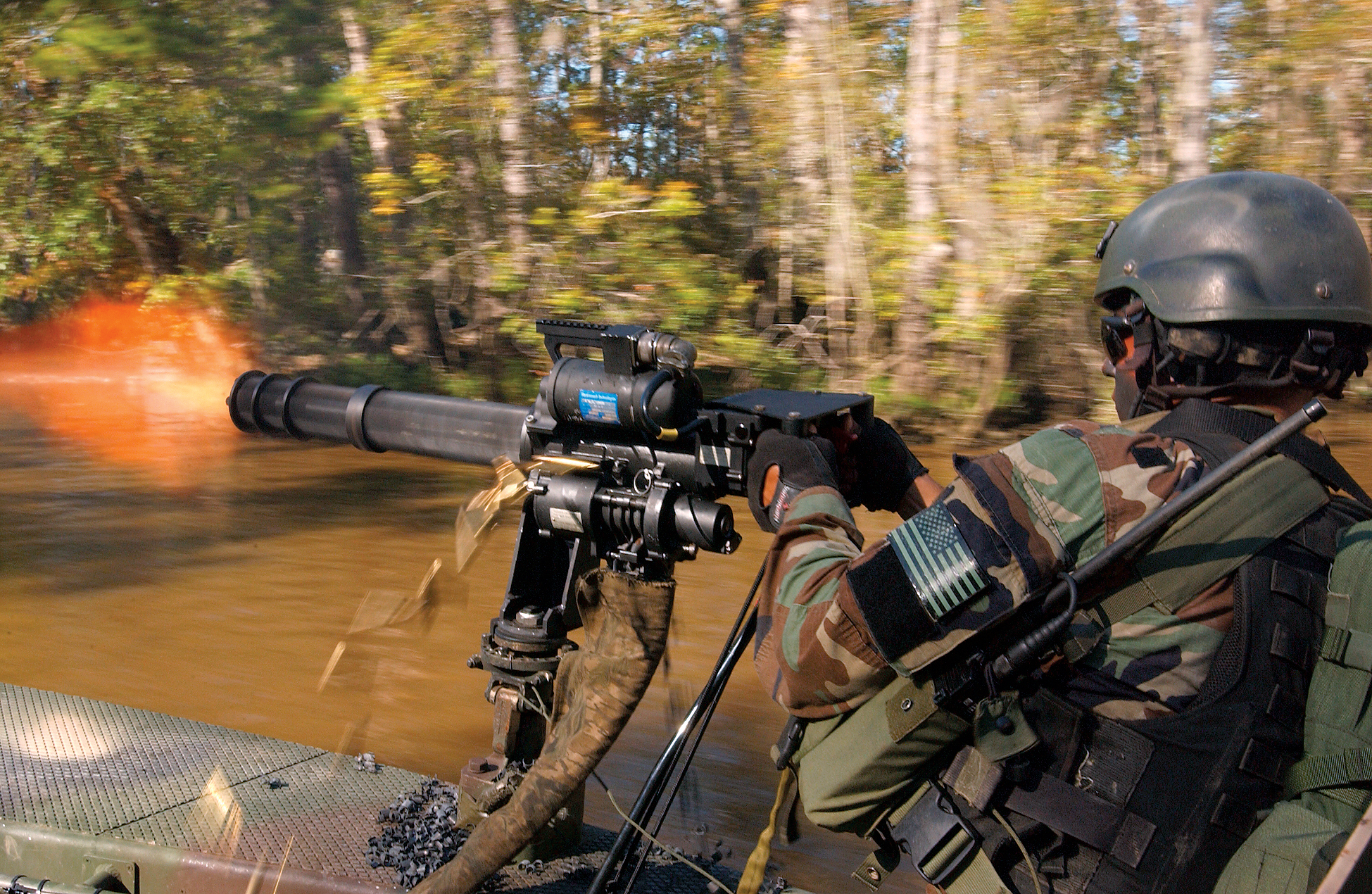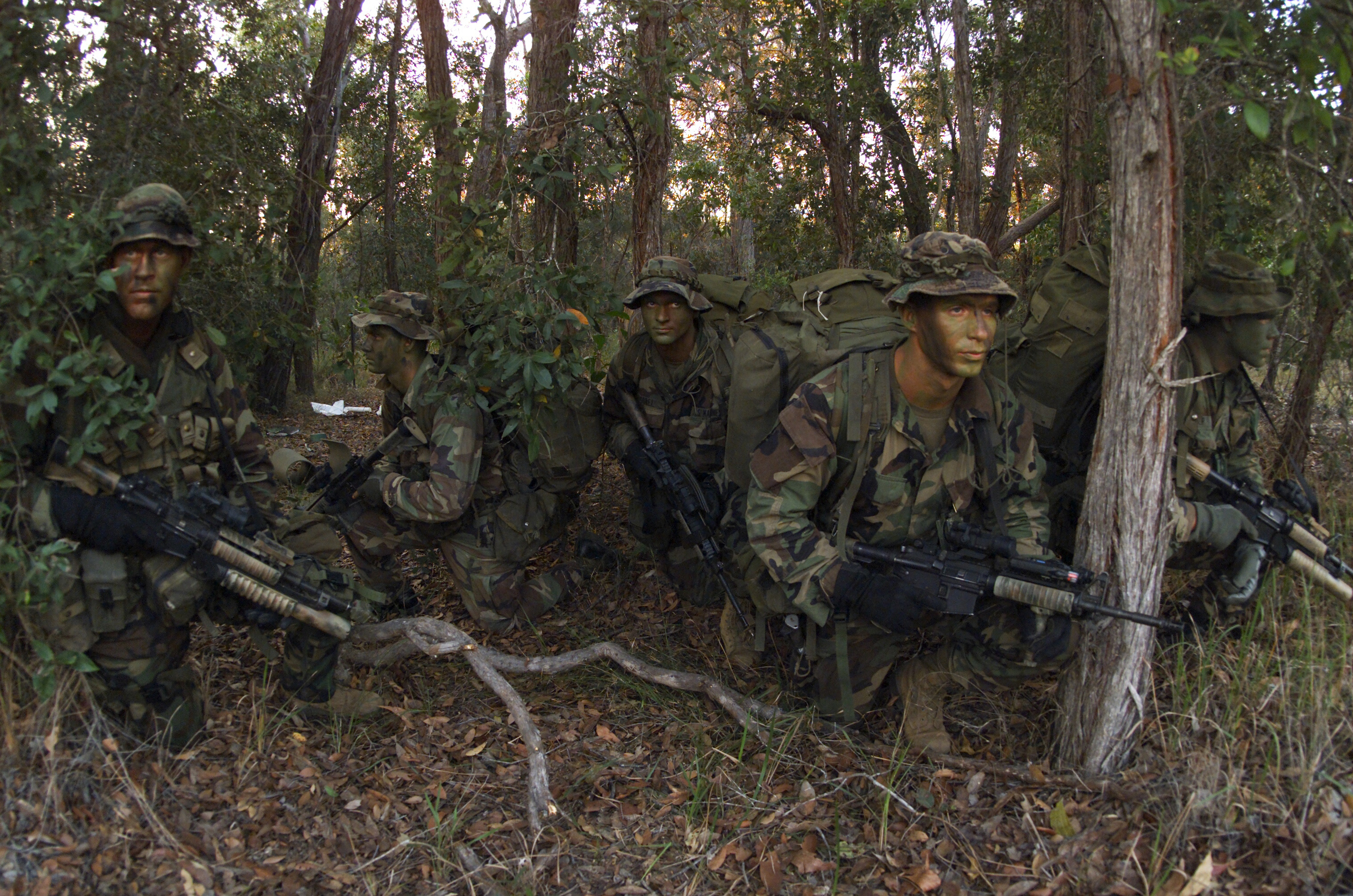|
Islamic Republic Of Iran Army Aviation
The Islamic Republic of Iran Army Aviation (IRIAA) (in ), more commonly known as the Havānīrūz (, ), is the army aviation of the Islamic Republic of Iran Army Ground Forces. It has about 300 helicopters both for Attack helicopter, attack and Military_transport_aircraft#Rotary_wing, transport missions. It fought in the Iran–Iraq War in the 1980s, in which the Havanirooz played a crucial role in destroying and defeating the invading Iraqi armies. The war saw the most intensive use of helicopters in a conventional conflict ever. Along with its primary military role of aviation support for the ground forces, the Army Aviation is also involved in emergency management missions, such as search and rescue, medical evacuation, and forest firefighting. Havanirooz members have the same rank insignia and titles as the Rank insignia of the Iranian military, rest of the Army. Role The main role of Havanirooz is aviation support for ground forces. Its military role include Attack helicopte ... [...More Info...] [...Related Items...] OR: [Wikipedia] [Google] [Baidu] |
Islamic Republic Of Iran Army Ground Forces
The Islamic Republic of Iran Army Ground Forces (, ''Niruye Zaminiye Arteše Jomhuriye Eslâmiye Irân''), acronymed NEZAJA (, NEZAJA) are the ground forces of the Islamic Republic of Iran Army. In Iran, it is also called ''Artesh,'' () which is Persian for "army." In 2007, the regular Iranian Army was estimated to have 357,000 personnel (167,000 conscripts and 190,000 professionals) plus around 350,000 reservists for a total of 700,000 soldiers according to the CSIS. It is the 9th largest ground force in the world, the 9th largest armoured force globally and possesses the biggest Army Aviation fleet in the Middle East. Conscripts serve for 21 months and have professional military training. Iran has two parallel land forces with some integration at the command level: the regular ''Artesh'' (Army), and the Islamic Revolutionary Guard Corps, also known as the ''Sepâh'' (IRGC). History Antiquity A national army of sorts has existed in Iran since the establishment of the Persi ... [...More Info...] [...Related Items...] OR: [Wikipedia] [Google] [Baidu] |
Rank Insignia Of The Iranian Military
The military ranks of Iran are the ranks used by the Islamic Republic of Iran Armed Forces. The armed forces are split into the Islamic Republic of Iran Army and the Islamic Revolutionary Guard Corps. The ranks used by the Law Enforcement Forces share a similar structure to the military. Military ranks Army Commissioned officer ranks The rank insignia of commissioned officers. Student officer ranks Other ranks The rank insignia of non-commissioned officers and enlisted personnel. Revolutionary Guard Corps Commissioned officer ranks The rank insignia of commissioned officers. Student officer ranks Other ranks The rank insignia of non-commissioned officers and enlisted personnel. Law Enforcement command Commissioned officer ranks The rank insignia of commissioned officers. Student officer ranks Other ranks The rank insignia of non-commissioned officers and enlisted personnel. Forest, Natural Pastures and Watershed/Prison Protection Unit ranks See also * Mi ... [...More Info...] [...Related Items...] OR: [Wikipedia] [Google] [Baidu] |
Combat Search And Rescue
Combat search and rescue (CSAR) are search and rescue operations that are carried out during war that are within or near combat zones. A CSAR mission may be carried out by a task force of helicopters, ground-attack aircraft, aerial refueling tankers and an airborne command post. The USAF HC-130, which was introduced in 1965, has served in the latter two roles. History The First World War was the background for the development of early combat search and rescue doctrine, especially in the more fluid theaters of war in the Balkans and the Middle East. In the opening fluid stages of the First World War the Royal Navy Air Service Armoured Car Section was formed with armed and armoured touring cars to find and pick up aircrew who had been forced down. When trench warfare made this impossible the cars were transferred to other theatres, most notably the Middle East. In 1915, during the First World War, Squadron Commander Richard Bell-Davies of the British Royal Naval Air Servic ... [...More Info...] [...Related Items...] OR: [Wikipedia] [Google] [Baidu] |
Flare
A flare, also sometimes called a fusée, fusee, or bengala, bengalo in several European countries, is a type of pyrotechnic that produces a bright light or intense heat without an explosion. Flares are used for distress signaling, illumination, or defensive countermeasures in civilian and military applications. Flares may be ground pyrotechnics, projectile pyrotechnics, or parachute-suspended to provide maximum illumination time over a large area. Projectile pyrotechnics may be dropped from aircraft, fired from rocket or artillery, or deployed by flare guns or handheld percussive tubes. Origin The earliest recorded use of gunpowder for signaling purposes was the 'signal bomb' used by the Chinese Song dynasty, Song Dynasty (960–1279) as the Mongol-led Yuan dynasty, Yuan Dynasty (1271–1368) besieged Yangzhou in 1276. These soft-shelled bombs, timed to explode in midair, were used to send messages to a detachment of troops far in the distance. Another mention of the signal ... [...More Info...] [...Related Items...] OR: [Wikipedia] [Google] [Baidu] |
Suppressive Fire
In military science, suppressive fire is "fire that degrades the performance of an enemy force below the level needed to fulfill its mission". When used to protect exposed friendly troops advancing on the battlefield, it is commonly called covering fire. Suppression is usually only effective for the duration of the fire. It is one of three types of fire support, which is defined by NATO as "the application of fire, coordinated with the maneuver of forces, to destroy, neutralise or suppress the enemy". Before NATO defined the term, the British and Commonwealth armies generally used "neutralisation" with the same definition as suppression. NATO now defines neutralisation as "fire delivered to render a target temporarily ineffective or unusable". Usage Suppressive fire usually achieves its effect by threatening casualties to individuals who expose themselves to it, forcing them to inactivity and ineffectiveness by keeping their heads down, 'or else take a bullet'. Willingne ... [...More Info...] [...Related Items...] OR: [Wikipedia] [Google] [Baidu] |
Covering Force
A covering force is a military force tasked with operating in conjunction with a larger force, with the role of providing a strong protective outpost line (including operating in advance of the main force), searching for and attacking enemy forces or defending the main force from attack. The United States Army field manual "FM 3-90.6 Brigade Combat Team" provides the following definition of the role of a covering force: During World War II, the main body of the British Home Fleet regularly sortied into the Norwegian Sea and provided a heavy covering force to protect Arctic convoys from attack by German warships stationed in occupied Norway. The Battle of Driniumor River The Battle of Driniumor River, also known as the Battle of Aitape, 10 July – 25 August 1944, was part of the Western New Guinea campaign of World War II. During the fighting, Empire of Japan, Japanese forces launched several attacks on Un ... is also an example of a covering force action. Reference ... [...More Info...] [...Related Items...] OR: [Wikipedia] [Google] [Baidu] |
Artillery Observer
An artillery observer, artillery spotter, or forward observer (FO) is a soldier responsible for directing artillery and mortar fire support onto a target. An artillery observer usually accompanies a tank or infantry unit. Spotters ensure that indirect fire hits targets which those at a fire support base cannot see. History Historically, the range of artillery steadily increased over the centuries. In the era of bombards or ''Steinbüchse'', the gunner could usually still fire directly on the target by line-of-sight. As ranges increased, methods of employing indirect fire were developed. This made a forward observer essential in order to be able to use artillery effectively. The proximity of the observer to the target depended on the terrain and battlefield situation. Elevated observation posts could be used as an aid to facilitate communication between the guns and the observers. The development of optical and communication aids for observation advanced significantly in ... [...More Info...] [...Related Items...] OR: [Wikipedia] [Google] [Baidu] |
Infiltration Tactics
In warfare, infiltration tactics involve small independent light infantry forces advancing into enemy rear areas, bypassing enemy frontline strongpoints, possibly isolating them for attack by follow-up troops with heavier weapons. Soldiers take the initiative to identify enemy weak points and choose their own routes, targets, moments and methods of attack; this requires a high degree of skill and training, and can be supplemented by special equipment and weaponry to give them more local combat options. Forms of these infantry tactics were used by skirmishers and irregulars dating back to classical antiquity, but only as a defensive or secondary tactic; decisive battlefield victories were achieved by shock combat tactics with heavy infantry or heavy cavalry, typically charging '' en masse'' against the primary force of the opponent. By the time of early modern warfare, defensive firepower made this tactic increasingly costly. When trench warfare developed to its heigh ... [...More Info...] [...Related Items...] OR: [Wikipedia] [Google] [Baidu] |
Special Operation
Special operations or special ops are military activities conducted, according to NATO, by "specially designated, organized, selected, trained, and equipped forces using unconventional techniques and modes of employment." Special operations may include reconnaissance, unconventional warfare, and counterterrorism, and are typically conducted by small groups of highly trained personnel, emphasizing sufficiency, stealth, speed, and tactical coordination, commonly known as ''special forces'' (SF) or ''special operations forces'' (SOF). History Australia In World War II, following advice from the British, Australia began raising special forces. The first units to be formed were independent companies, which began training at Wilson's Promontory in Victoria in early 1941 under the tutelage of British instructors. With an establishment of 17 officers and 256 men, the independent companies were trained as "stay behind" forces, a role that they were later employed in against the Japane ... [...More Info...] [...Related Items...] OR: [Wikipedia] [Google] [Baidu] |
Airlift
An airlift is the organized delivery of Materiel, supplies or personnel primarily via military transport aircraft. Airlifting consists of two distinct types: strategic and tactical. Typically, strategic airlifting involves moving material long distances (such as across or off the continent or theater), whereas a tactical airlift focuses on deploying resources and material into a specific location with high precision. Depending on the situation, airlifted supplies can be delivered by a variety of means. When the destination and surrounding airspace is considered secure, the aircraft will land at an appropriate airport or airbase to have its cargo unloaded on the ground. When landing the craft or distributing the supplies to a certain area from a landing zone by surface transportation is not an option, the cargo aircraft can drop them in mid-flight using parachutes attached to the supply containers in question. When there is a broad area available where the intended receiver ... [...More Info...] [...Related Items...] OR: [Wikipedia] [Google] [Baidu] |
Military Column
In military terminology, a column is a tactical formation of fighters moving together in one or more files in which the file is significantly longer than the width of ranks in the formation. The column formation allows the unit rapid movement and a very effective charge (due to weight of numbers), and it can quickly form square to resist cavalry attacks, but by its nature only a fraction of its muskets are able to open fire. The line formation offers a substantially larger musket frontage than the column, allowing for greater shooting capability, but requires extensive training to allow the unit to move over ground as one while retaining the line. It is also applied by modern armies to vehicles, troops and naval vessels. Napoleonic Wars During the early stages of the French Revolutionary Wars, the French Army often attacked in column formation in an attempt to drive through enemy lines by sheer weight of numbers. Against enemy units already weakened by the fire from skirmi ... [...More Info...] [...Related Items...] OR: [Wikipedia] [Google] [Baidu] |
Escort Fighter
The escort fighter was a concept for a fighter aircraft designed to escort bombers to and from their targets. An escort fighter needed range long enough to reach the target, loiter over it for the duration of the raid to defend the bombers, and return. A number of twin-engined heavy fighters with high fuel capacity were designed for escort duties prior to the outbreak of World War II. Such heavy fighters largely failed in their intended escort role during the war, as they were commonly outmaneuvered by more agile single-engined fighters. As the war progressed, longer-range fighter designs and the use of drop tanks allowed single-engined fighters to perform escort duties. In the post-war era the introduction of jet engines and their inherent short range made escort fighters very difficult to build. The related concept of a penetration fighter emerged briefly in the 1950s and again in the 1960s, but did not result in any production aircraft. Parasite fighters—small aircraf ... [...More Info...] [...Related Items...] OR: [Wikipedia] [Google] [Baidu] |








